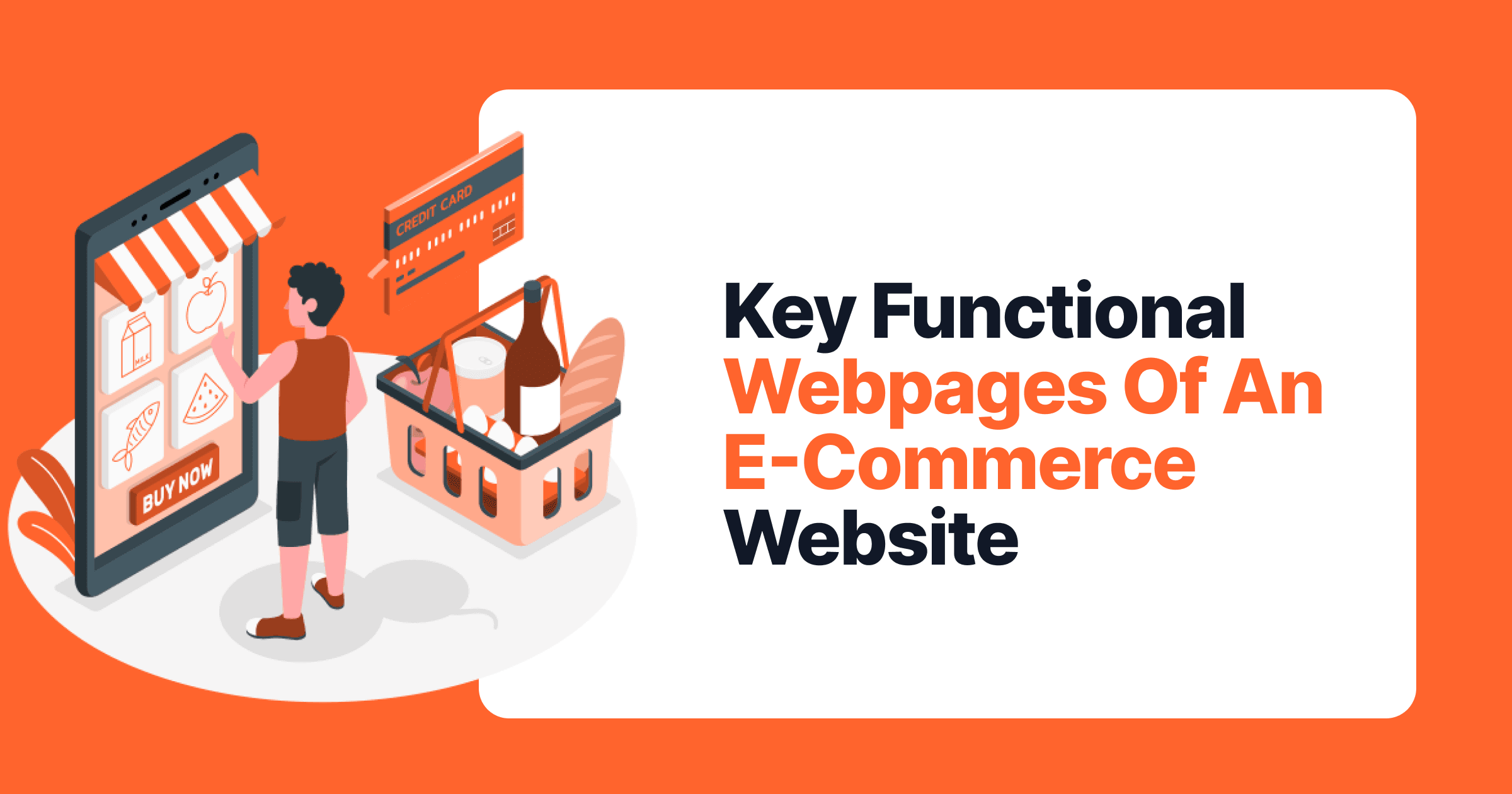In order to create a functioning e-commerce website, there are a few web pages and elements that your website needs to have installed so that it is possible for customers to easily and efficiently make purchases from the store online. These functional pages are the foundation of building a successful e-commerce website. Without these crucial pages, selling a product online can be incredibly difficult.
While it is important to include the necessary functional pages on an e-commerce website so that purchases can be made, it is just as important for these pages to be designed in a user-friendly and strategic way so that they are easy to navigate, eye-catching to the visitor and have a natural flow aligned to a visitors browsing experience.
So without stalling any longer, let’s take a look at which pages are most important on an e-commerce website, and how they should be implemented.
Home Page
This is the page that a visitor will be greeted with when they first enter your website, and this serves as the storefront to your e-commerce store. The home page often includes links to second-level pages and gives the visitor information about what the store is, who it is for, and what they can expect to find in the store.
It is important to make sure that your homepage is eye-catching, easy to navigate, and interesting to the visitor, as potential customers can often decide if they like a store or not just by looking at the home page for a few seconds.
Any aspect of the home page that is not in line with what the visitors are expecting to see can be the main cause of them leaving the website before taking any action.
Product List
This functional page is a catalog of the products and services offered by a company, and often includes a basic description of what the product is, and its price. Products are usually displayed with a striking thumbnail image to catch the visitors attention and interest in the product Once there is intrigue about a particular product, even if it is just from how good the picture looks, there is a better chance that the visitor will make a purchase on that product.
From this page the customer can also add the product to their shopping cart and decide on the quantity they would like to purchase. Building on the product list and shopping trolley options functional page, many e-commerce stores offer a “view full details” button in close proximity to the product image, in order to allow potential customers the opportunity to find a more detailed description of the product.
Furthermore, a quick view function that allows the potential customer to take a more detailed look at a product without needing to be directed to a new page, creates a nice flow in the potential customer’s exploration of the website.

Search And Search Results Page
The search page often is displayed in the form of a search bar above the product list and is used to search for specific items in a product list. This function is great for reducing the time spent scrolling to find the product in question.
The search page is a necessity not only to reduce the time spent tediously searching for a specific product, but it is also pretty handy in making the visitor feel empowered to efficiently navigate the website because the correct tools have been given to them.

Order Page
This page on an e-commerce website is used to capture and/or confirm the customer’s billing and delivery details. Many e-commerce stores will ask the customer to login on to this page if they have an existing account. This login function allows for the website to auto-populate all the required billing and delivery fields in order to make this process more efficient. A Checkout as a Guest function is also needed for customers who do not have an existing account and do not wish to create a new one. These customers will need to populate each billing and delivery field manually.
Lastly, once all the required information is collected on the store, the customer can complete their order via a “Pay” or “Complete Order” button on the page, where they will usually be directed to a payment portal.

Whatcha Waiting For?
So now that you know the basics of how to set up an e-commerce website, there is nothing standing in your way to making those millions!
Building your business’ e-commerce store is an exciting step into the online world and with the help of this blog, we hope that you can make your online store a success!
Check out our other blogs to see what else you can find some tips and tricks on!
